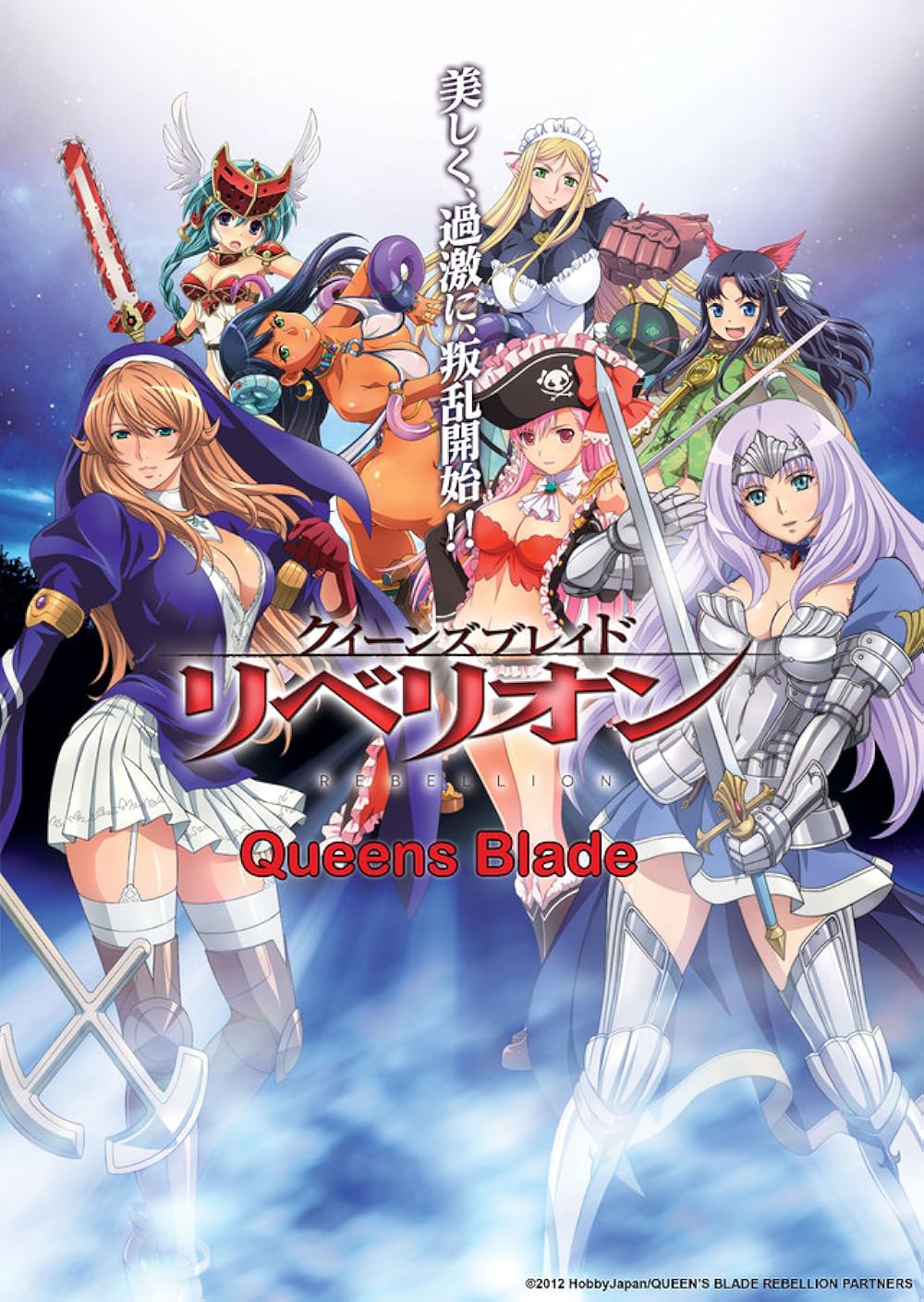Queen’s Blade

In the vast landscape of fantasy entertainment, there exists a realm where swords clash, magic surges, and powerful warriors vie for supremacy. Among the myriad of franchises that cater to this genre, one stands out for its unique blend of provocative storytelling, intricate character designs, and fierce battles—Queen’s Blade. This article embarks on a journey to explore the mystique surrounding Queen’s Blade, delving into its origins, themes, and enduring appeal.
Table of Contents
ToggleOrigins and Concept
Queen’s Blade originated as a series of visual combat books published by Hobby Japan. Developed by the company’s Lost Worlds project, these books featured illustrated battles between female warriors, each vying for the title of Queen. What set Queen’s Blade apart from traditional fantasy narratives was its unabashed embrace of eroticism and provocative character designs. While the initial concept may have raised eyebrows, it soon gained a dedicated following for its audacious approach to storytelling.
Themes and Narrative
At its core, Queen’s Blade explores themes of power, destiny, and the quest for supremacy. Set in the continent of Gainos, the story revolves around a tournament held every four years to determine the next Queen. Warriors from across the land gather to compete, each driven by their motivations and ambitions. However, beneath the surface, deeper narratives unfold, exploring the personal struggles and desires of each character.
The characters themselves are diverse and multifaceted, ranging from noble knights to cunning sorceresses and everything in between. Each contestant brings their unique skills and backstory to the arena, adding layers of complexity to the overarching narrative. While the battles serve as the primary focus, the interactions between characters and their individual journeys form the heart of Queen’s Blade’s storytelling.
Artistry and Character Design
One of the most striking aspects of Queen’s Blade is its character design. Illustrated by renowned artists such as Hirokazu Hisayuki and Eiwa, the characters are brought to life with meticulous attention to detail. From elaborate armor to flowing robes, each design reflects the personality and background of the character it represents.
However, it’s the provocative nature of these designs that often garners the most attention. Female characters are depicted in various states of undress, their curves and assets accentuated to titillate the audience. While some may dismiss this as mere fan service, others argue that it adds to the allure of the fantasy world, blurring the lines between desire and empowerment.
Enduring Appeal
Despite its controversial elements, Queen’s Blade has endured as a beloved franchise with a dedicated fanbase. Beyond the surface-level fan service, many viewers appreciate the depth of its world-building and character development. The series has spawned numerous spin-offs, including anime adaptations, video games, and merchandise, further cementing its status in the realm of fantasy entertainment.
Moreover, Queen’s Blade has challenged traditional gender roles within the genre, presenting female characters as powerful warriors rather than mere damsels in distress. While it may not be to everyone’s tastes, there’s no denying the impact it has had on the landscape of fantasy media.
Conclusion
In a genre saturated with clichés and tropes, Queen’s Blade stands out as a bold and unapologetic exploration of fantasy storytelling. From its provocative character designs to its complex narratives, it offers a unique glimpse into a world where strength and desire collide. Whether you’re drawn in by the battles or intrigued by the characters, there’s something undeniably captivating about the mystique of Queen’s Blade.
